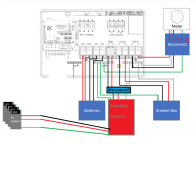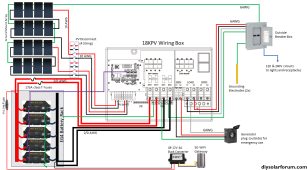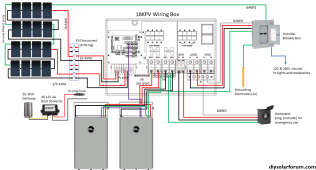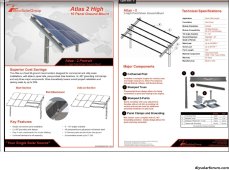For anyone interested, here's an alternative install option that most people likely wouldn't do. My setup was a bit of an expensive experiment since I live in a neighborhood, with good power, and a whole house generator with ATS. Like the OP though, my intent was to just put a dent in my electric bill, since mine was creeping over $500/month. With my servers being pigs, and both AC units going along with the rest of the house loads, I've had 175Kwh days in the hotter months of July and August here in Virginia.
Recently I decided to upgrade to the 18K, since the 6500s wouldn't pass any sort of inspections where I live, and as I've posted before, I learned the hard way that they back feed power to the roof. Hopefully the 18K doesn't do that.

I also wanted to take advantage of the lower power consumption, integrated RSD that actually powers the inverter(s) down (
and it looks like the battery bank too if using the new LLv2s per some recent Signature Solar videos that they posted on YouTube), and make it so it doesn't sound like aircraft is taking off in my basement when the loads are high or there's a lot of solar (the 6500 fans are quite loud). Here's a bit more about my setup:

The panel to the right next to the battery bank is a Sub-Panel from my Main, located in another room with limited space that's 25' or so away. That grid tied panel currently feeds the two EG4 6500s with double pole 60A breakers. The inverters feed the off-grid panel that's to the left, where I moved the larger loads that I was trying to offset. In this case, it's both AC units, my servers, some freezers, my sump pump, a 50A outlet in my garage for my welder / plasma cutter, and my gym. As far as Solar goes, I have 15 REC Alpha 400 panels on the back of my garage broken into two strings, and eight of the SolarEver 410w panels on the front of my garage in a third string.
I decided to upgrade to the 18K via the upgrade program, even though I didn't really "need" it, though it's not operational as of yet - that's what it looks like as of tonight. I'm still waiting on my T-Class fuses (though I went with 250A) since I never did integrate them into the existing setup and figured during the cutover process, it'd be a good time to do it. BTW, I was going to mount the T-Class fuses in the trough under the 18k, but perhaps it's better to be closer to the battery bank?
Also, there's something I didn't catch
BEFORE buying the 18K that has me a bit hesitant to put it 'in production' and that's the Zero Export feature not really being a true Zero Export. My goal was to never back feed the grid (I don't have a net metering agreement), but there's another thread that I found yesterday, started by
@FilterGuy (
though, I haven't finished reading through the whole thread yet). saying that it's possible to back feed power to the grid. In my case, I believe it'd
should be fine, since any back fed power
should power the constant loads that are on my main panel.
If anyone disagrees or has any other input, please let me know.
I've not had any issues with the 6500s back feeding to the grid, at least that I could see via my Emporia App from the CTs in the main panel. I thought the 6500s were grid assist only, and just had bypass mode, but maybe they had the same issue, and I wasn't aware of it?
Once I cut over to the 18K, I'll have a double pole 70A breaker from the sub panel feeding the grid input on the 18k, and the 18k Load output will feed the 'Off-Grid Panel', also with a double pole 70A breaker, though the diagrams in the EG4 Manual appear to be incorrect if you need to round up from 62.5A - see highlighted below (it's also on several other pages):
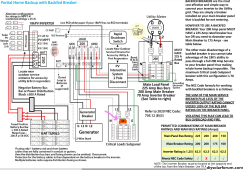
After I cutover to the 18K, I'm probably going to just leave the 6500s on the wall and have them ready to go, should there be some sort of issue with the 18K and I needed to 'fail back'.
If anyone see's something I'm missing or issues with the setup (
other than the AC / DC conductors in the trough under the 6500s not being separated, though I think in the 2023 NEC it's allowed now), or if you have any questions, please let me know.




